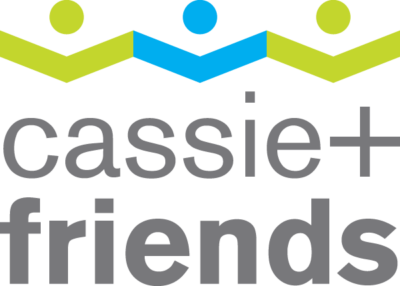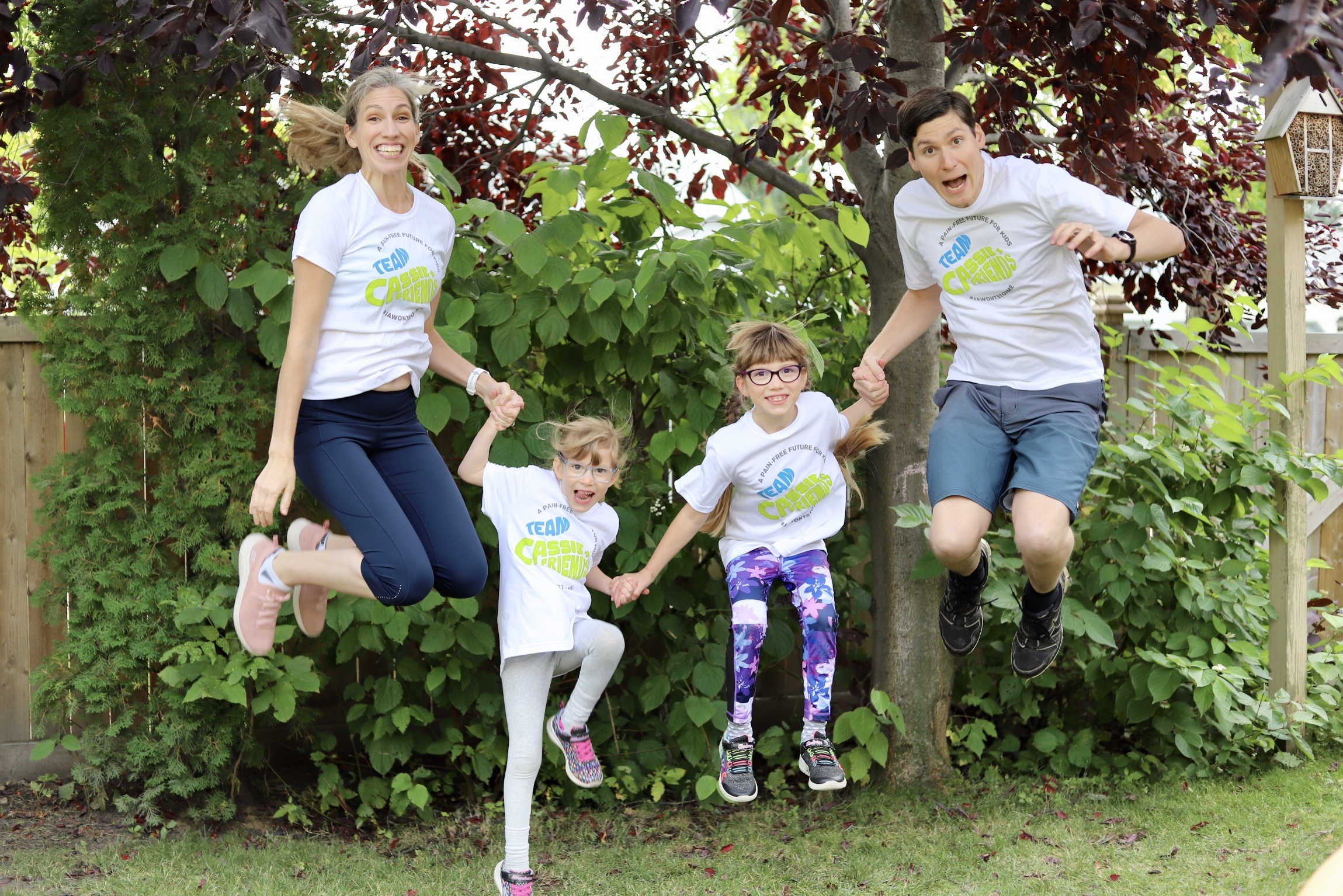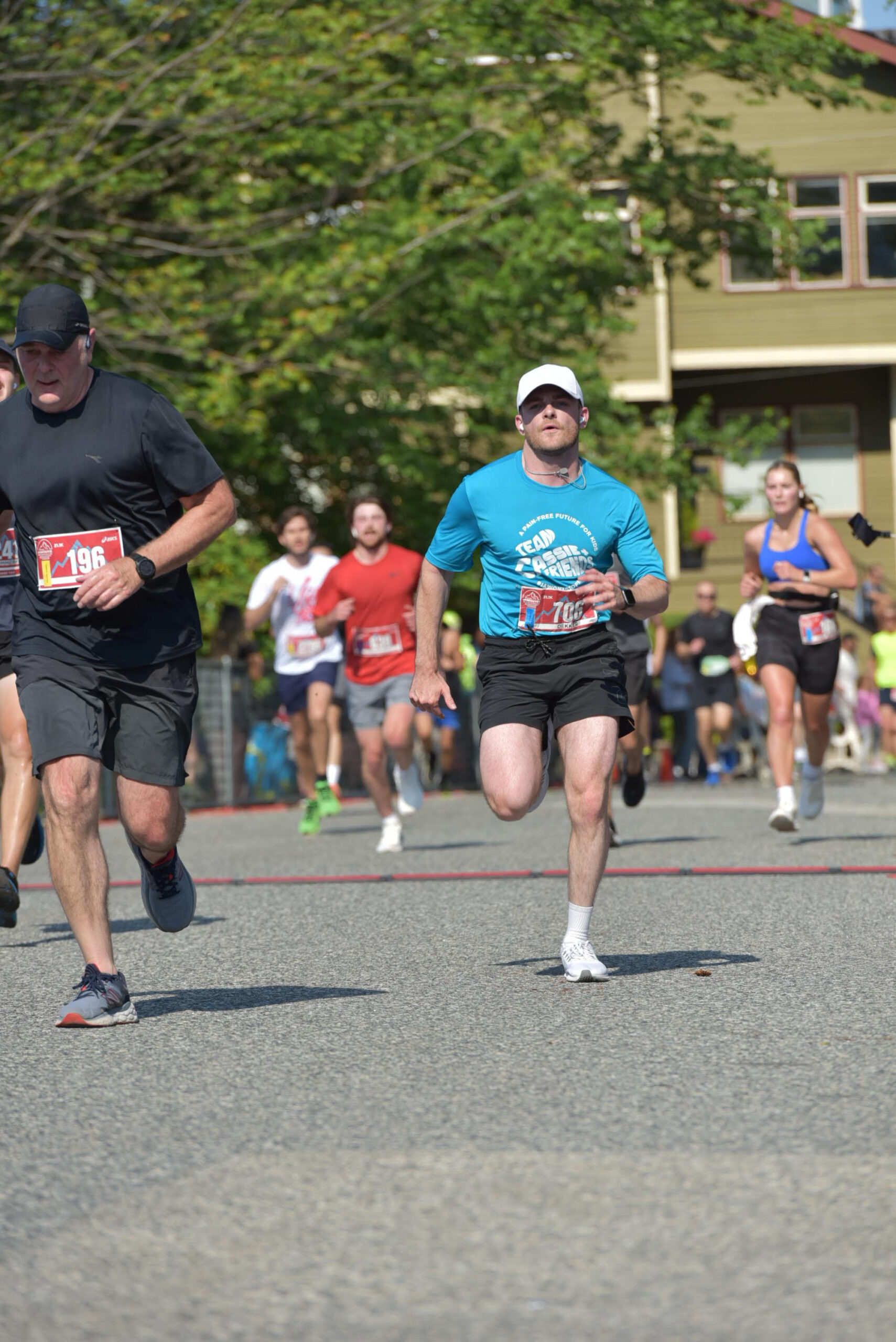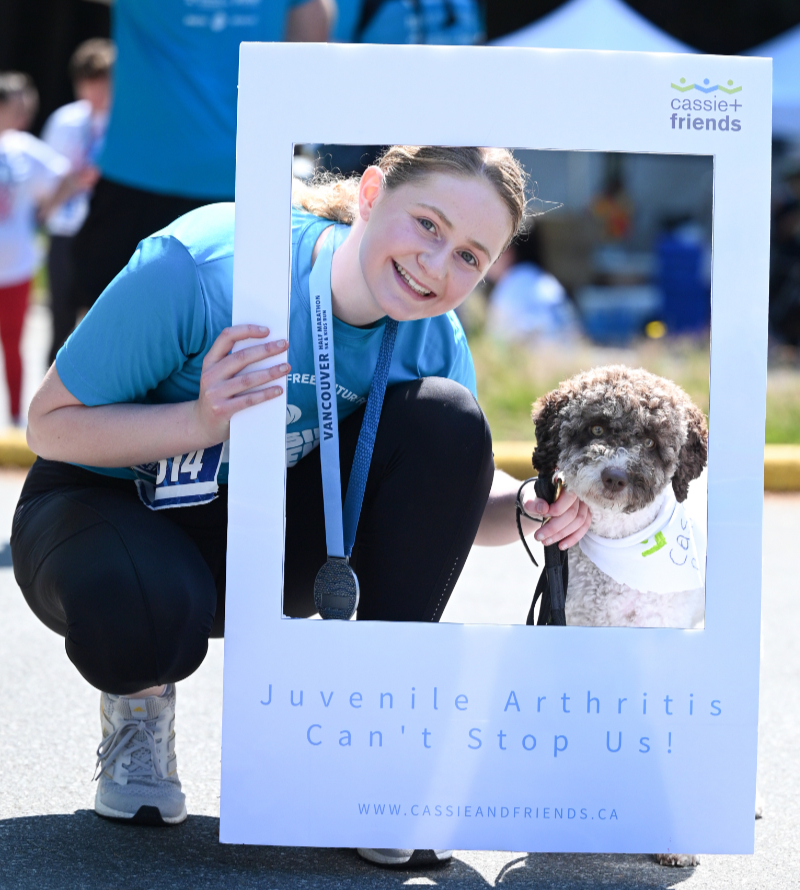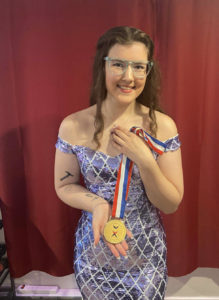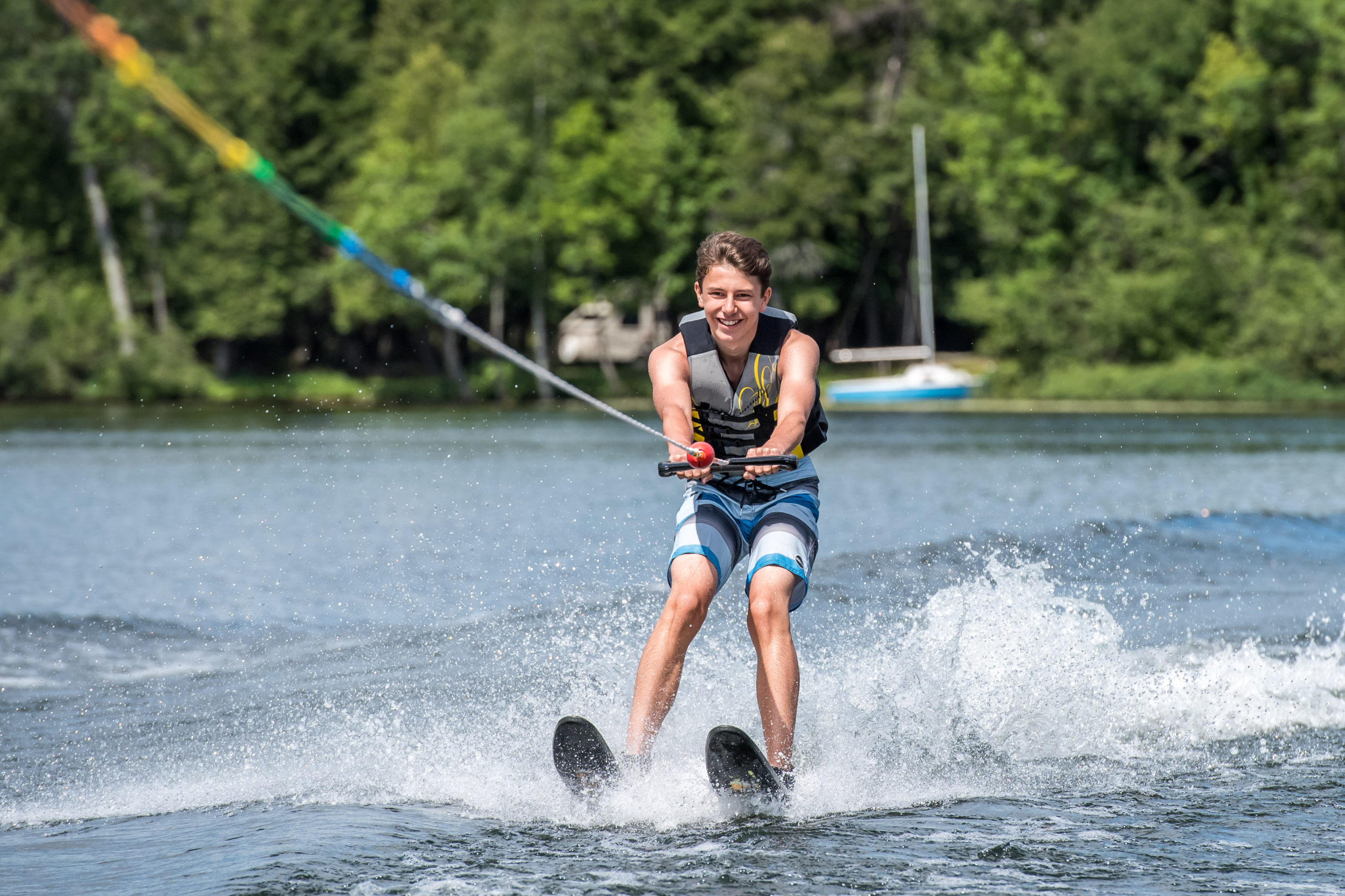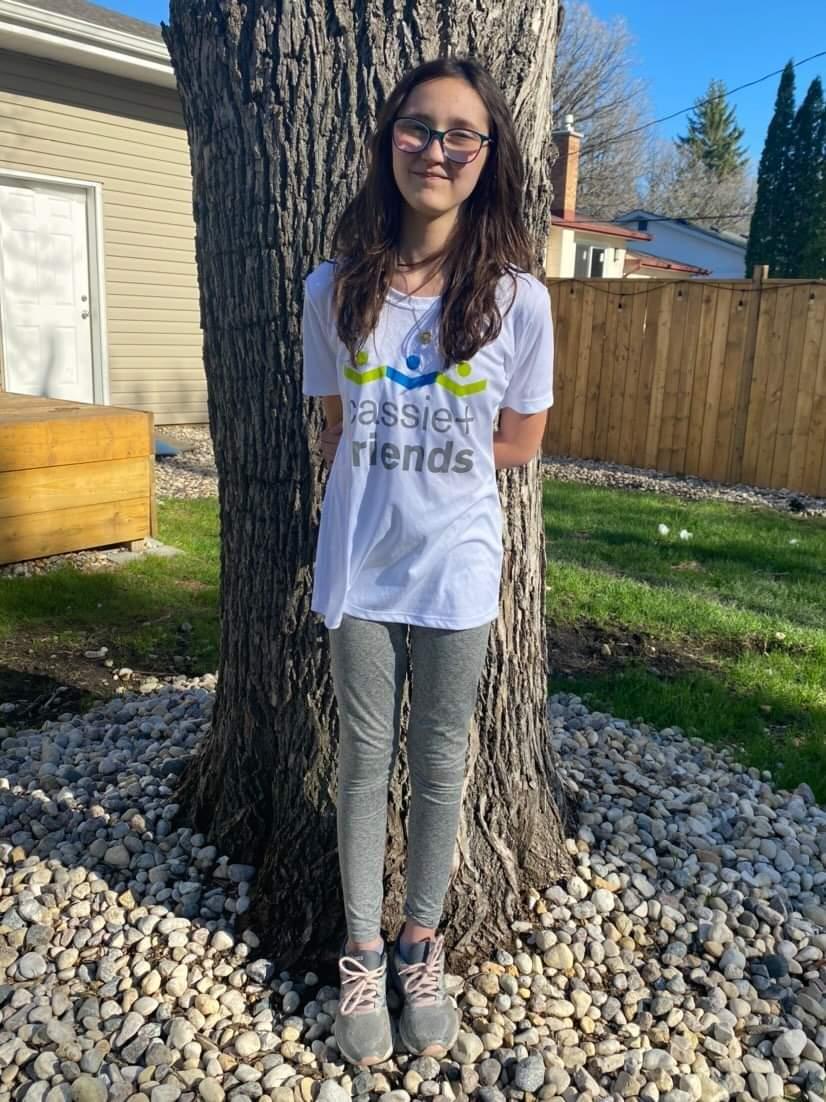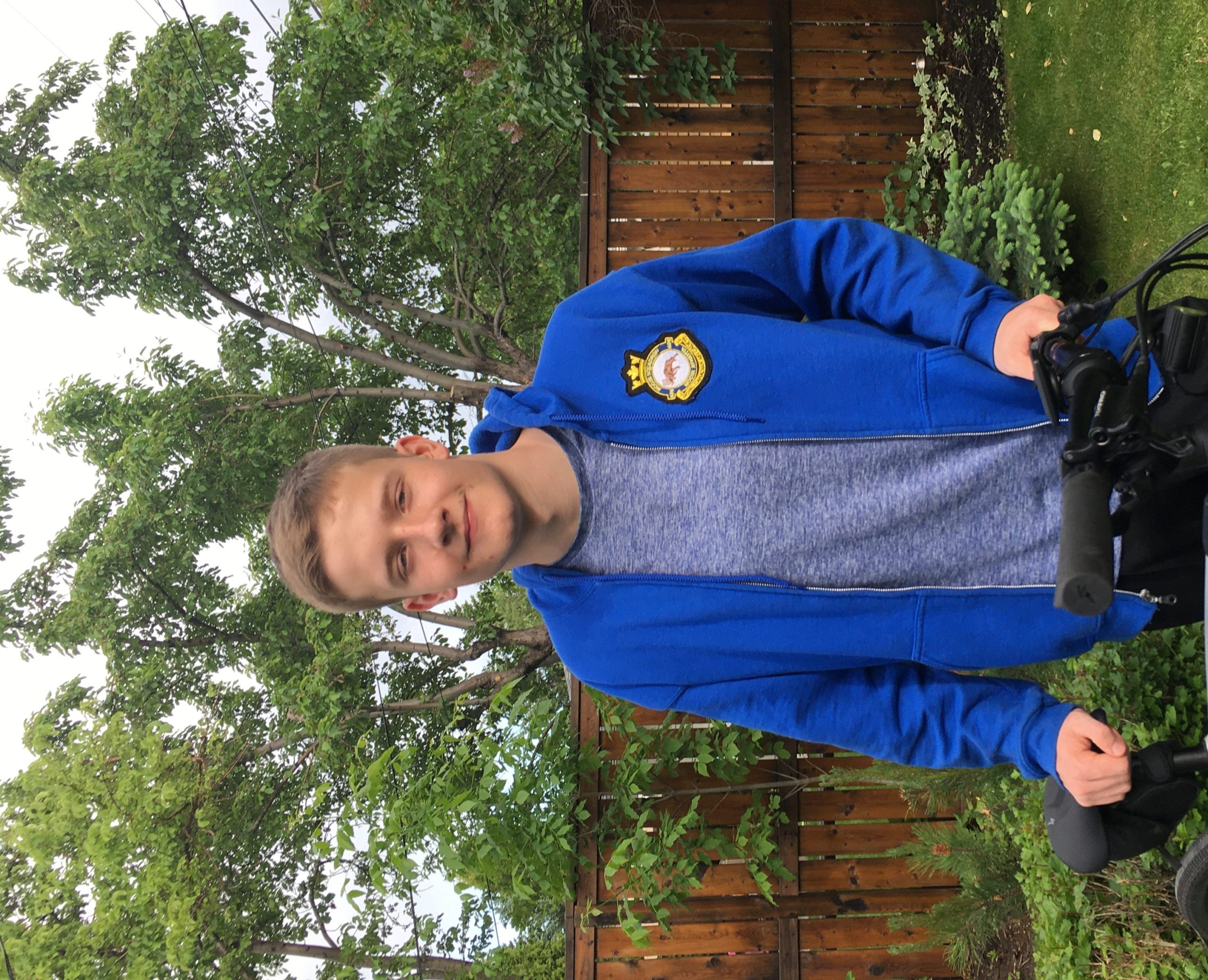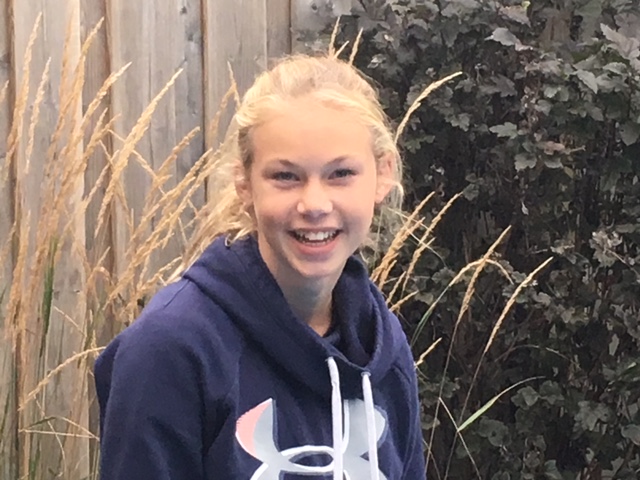Get Moving with JA!
Physical activity is an important component of JA management – and one that often comes with many questions and concerns from families learning how to navigate their disease. One of the most important facts to know is that early detection, intervention and parent support are critical to your child leading a healthy and active life, even after disease activity is under control.
At Cassie + Friends, we’ve been building community and connection around our annual run/walks for nearly two decades – and right across Canada! That’s why we were so excited to bring in the experts and host two webinars related to “getting moving” with JA: our first was Physical Activity with JA and the second Functional and Movement Impairments with JA. Both recordings – and additional resources – are available below for you to learn from whenever, wherever you need!
One Olympian’s Story of Navigating Life with Arthritis as a Professional Athlete
 Video Resources
Video Resources
 Video Resources
Video Resources
Physical Activity 101: Getting Active with JA
In this webinar will hear from Dr. Tommy Gerschman, Pediatric Rheumatologist, Julia Brooks, Physiotherapist and Mackenzie Riddell, youth speaker as they share their knowledge and experience with physical activity.
Mackenzie also speaks about her experience as a high-level synchronized swimmer with JIA, tips for talking to coaches, gym teachers and friends about your disease, and more!
Écoutez l’enregistrement du webinaire en Français ici.
Functional and Movement Impairments with JA Webinar
Are you curious about why your child can still have joint issues even when they are in remission? Or what ‘movement skills’ are and how they are impacted by JA?
In this webinar, we hear from Julie Herrington, Advanced Physiotherapist Practitioner, Dr. Joyce Obeid, Assistant Professor, Maddie Fyfe, Registered Physiotherapist and Alana Hurov, our parent speaker who shares her real-life experience. Our experts dive deep into why impairments happen, the science behind it, what you can do about it, and introduce McMaster Children’s Hospital’s Steppingstones program.
Écoutez l’enregistrement du webinaire en Français ici.
How to Gym with JA and other Rheumatic Diseases
In this webinar will hear from our experts, Dr. Kristin Houghton, Pediatric Rheumatologist, alongside Dr. Astrid DeSouza, Pediatric Exercise Physiologist and Dr. Lori Tucker, Pediatric Rheumatologist from BC Children’s Hospital and youth speaker Ryan Dekker, as they share trusted information, helpful tips.
Exercise has many benefits associated with overall rheumatic disease management (including for your mental health), this special session is focused on how to do it safely!
No workout experience necessary. Whether you’re looking for encouragement to just get started or have questions about supplements and overall JA impacts, managing pain, and what the latest research on ‘juvenile arthritis and exercise’ is revealing, this webinar is for you!
This one is hard and is a common problem. First off see if you can sit down and find anything your child might be interested in trying, sometimes if they get to pick activities they are more motivated. It does not need to be a sport. Second, as the parent, it is important to set an example of activity and an expectation of what that should look like. I try to be active every day and through years of conditioning the kids know they have to incorporate it into their day as well. If they haven’t done anything that day then they know I will be at least making them go outside for a bit! Third, take away screens. This is probably the biggest thing I run into. Kids on screens for multiple hours a day. Set a rule or limit that works for your house. For example- no screens until activity is done (this may be as simple as a walk). Or no longer than 30 (or 60 or whatever you choose) minutes on screens until they are required to take an activity break. Many people, including kids, are not naturally drawn to activity. This often gets harder as they hit their teenage years. At this point it is about activity for health (just as we brush our teeth so they don’t fall out of our head) and may just need to be built into the day as a walk or bike ride or a skate for example. It could also just be a change in active transportation such as walking to school instead of a drive or the bus. COVID-19 has exacerbated this problem quite a bit but it does give us the opportunity to be outside and try new things.
Now the hard part- your kid is possibly going to be mad and frustrated. Change is hard. Don’t give up. It can take several months of the new suggestions to be developed into a habit. Often as parents it can be easier to just let them do what they want so you can get a break (been there!!!). It can be tiring at first but a little extra effort in the short term can reap long term benefits. Finally, start small and set up a plan. Going from 0-60 is not easy but finding 10 minutes a day is much more manageable. Try to be consistent as a family getting in 10 minutes a day for 2 weeks and then try to increase in 5 minute intervals every 2 weeks. This can also be broken up into 10 minute chunks (i.e. not all 60 minutes needs to happen at the same time). Overall consistency is the key. There are going to be days that just don’t happen but if that arises just get back on track as soon as possible!
Many kids with arthritis actually don’t experience pain. If their arthritis is in remission then no need to limit. If they have mildly active disease then I usually don’t limit them too much. If they have big swollen joints then I try to limit heavy, pounding exercises such as running, jumping repetitively or from a height, trampoline, moguls etc. even if they don’t have pain. Some things to watch for can be the quality of the child’s movement. Even if they don’t verbally complain of pain you may see them alter how they are performing the movement if you watch closely (do they start to put more weight or use one limb more than the other). Another thing to look for is if they seem to be in pain later (they have done too much) or if they look stiff or painful in the joints the next morning. If any of these things are happening it is good to encourage a break in the activity. If you don’t notice anything until the next day or that night then reflect on what they did (ex. 2 hours of skating) and the next time plan to half that (1 hour of skating) and see how they do. It often is a bit of trial and error!
I did lots of different sports including competitive swimming and recreational soccer, gymnastics, dance, track and field, and hockey.
I would find ways to make it more fun for them such as making it into a type of game (if possible). Another way would be to reward them every time they do them.
There is an increased risk of injury for a few reasons. Inflammation can inhibit muscle firing making it harder for the muscles to stabilize and protect the joints. Inflammation over time can weaken the ligaments and tendons making them more susceptible to injury. Pain can make us compensate with other movements and therefore put us in a position that may make us more susceptible to injuries. During flares we usually encourage kids to be more careful with high impact/ contact sports.
If you are in a flare it is a good time to take it a bit easier with activity. Doing light activity is ok but you may have to back off of the more intense activities. Pain can help remind you to take a break but not all kids experience pain as part of their arthritis or during activity. I remind families to look for signs that kids have done too much by noticing increased pain during or after the activity or increased pain or stiffness in the joints the next day. If these things happen it is important to think about what happened the day prior and try to do a bit less the next time.
This is a great question to ask your pediatric rheumatologist who will be able to tell you if your child is in remission. Some physical activity, in the form of sports, may still be possible depending on which joints are involved and how active the arthritis is. At this young age the risks of injury are relatively low overall. The key is to move and have fun – and all children with JIA should definitely be doing that!
This is one of challenges for children with JIA who play sports. It is a common question that your pediatric rheumatologist is asked and they can review individual circumstances. In general, JIA pain due to an active joint will be sore every day, regardless of activity, and it may be more significant in the mornings with associated stiffness. Any time there is a new pain associated with a sport it is recommended to take a moment to see if that pain persists or goes away. For any pain that is consistently coming up or lingers for a period of time after the activity, it is worth to review with your doctor and/or physiotherapist. Although there is some pain that is ok to “push through”, most of the time we have to learn how to listen to our body, adapt our activities accordingly, and get some help to figure out what’s going on.
Most children with JIA are able to continue to play sports without any significant problems. It is important to remember that not all joint or muscle pain is due to arthritis. The above recommendations for accommodation for PE classes can also be applied to sports participation. Many children want to fit in with their team and peers by not sharing their diagnosis but it is important to ensure at least the coaching staff is aware that a child has JIA. Similarly, coaches should be informed that, when well, most children with JIA will be able to participate, without restrictions, as well as other players.
Just like children returning from a sports injury, children who are returning to sport after a flare of arthritis should do so in a gradual manner. As with other children participating in sports, it is important to remember to have at least one day per week off their sports to allow for rest and recovery. Attention should also be considered for a well-balanced diet and adequate sleep.
Children who have had arthritis affecting their neck should be screened for instability in that area before participation in any contact sports. Children should be reminded to wear protective eye equipment as per the general population. For children who have had uveitis, there might be an increased risk of eye injury in some sports. Children with a history of arthritis in the jaw (TMJ) are advised to wear properly fitted mouth guards for certain sports (e.g. contact) when these precautions are already recommended for the general population.
Children with JIA can participate in sports at all levels of play. Most children with JIA are able to participate in any sport, although accommodations are sometimes needed as described above. Sports provide much needed physical activity and opportunities for socializing and goal-setting. Children with JIA have gone on to compete in international competitions at the most elite levels, play professional sports, and be professional dancers.
Schools are able to accommodate for a child with JIA to allow them to participate in PE classes. The teacher should be made aware that the child may need to sit out of some or all activities from time to time when there is a flare of arthritis or symptoms are worse. At other times, the child will be able to participate fully without any restrictions. Children are usually quite good at being able to self-direct such participation. Other accommodations might include alternative activities such as walking instead of running, learning a skill rather than participation in a full game, or participating in components of the activity. During a flare or increased symptoms, a child might also benefit from taking frequent breaks throughout the class. It is important to encourage participation when appropriate and also support the child in building confidence in physical literacy skills.
Children with JIA have, from time to time, a number of valid reasons to be excused from participation in PE or gym class. Children with JIA can have increased aches and pains in muscles or joints that make participation in certain types of physical activity (e.g. running, jumping) difficult. Other times, stiffness or restriction of range of a joint might also limit certain types of activities for a child. These symptoms can come and go at various times throughout the course of their chronic disease.
Furthermore, during a new or worsening flare of arthritis, when the joint is very swollen and tender, it is often a good idea to back off of some of the physical activities, including PE classes and other sports. In addition to increased pain, when a joint flare is occurring, the muscles around the joint are often not working as effectively and could pre-dispose a child to other sports injuries. More gentle activities, such as swimming or walking, can still be done quite safely.
Yes! Physical activity is key to healthy development of children, including those with JIA. Current Canadian guidelines recommend that children aged 5-17 years of age participate in at least 60 minutes of moderate-vigorous physical activity per day. For at least three of these days the activities should promote muscle and bone strength. PE classes at school can contribute to these goals and also teach children important skills such as throwing, running, catching, jumping, and others. Learning to have fun with participation in either individual or team sports is also an important benefit of PE classes. Children with JIA have the same benefits and need for physical activity as other children. In fact, children with JIA might benefit even more from the overall strengthening of muscles and bones that comes from physical activity. Children with JIA can safely participate in sports without fear of exacerbating their disease, but there are some accommodations that should be considered in certain circumstances.
Join us in stepping up for kids and families affected by juvenile arthritis and other rheumatic diseases!
Joining Team C+F is a great way to get active and the support the juvenile arthritis community! Sign up for one of our teams, let your friends, family, classmates and coworkers know that “kids get arthritis too” and run/walk your distance from anywhere in Canada! Each race offers a variety of distances including a “kids marathon,” 5km, 10km and longer distance races- including full marathons!
You can also organize a community event and walk/run virtually- gather your friends and family, and reach out to your extended community for support! You choose where and when, and we will help you spread the word. A 2022 Edmonton community virtual run had over 100 people!
There are walk/runs all over Canada- in 2022, Team Cassie + Friends raised over $300,000.00 in runs alone! Thanks to people like you. Follow this link to find a run near you: https://cassieandfriends.ca/run/
Our sneakers are laced and ready!
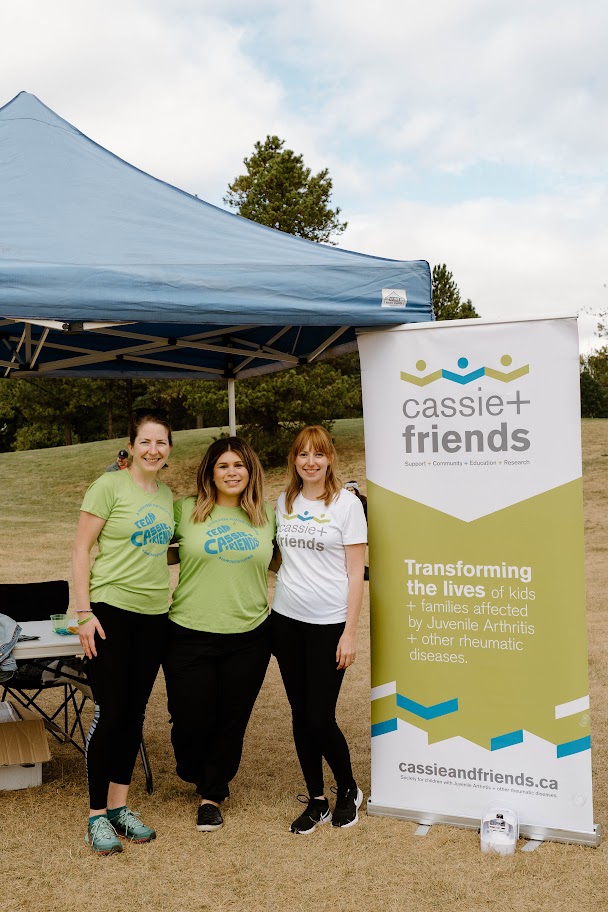
Physical Activity Stories from Our Community
Physical Activity Stories from Our Community
Managing JA through Movement: How Ryan’s Gym Routine Helped Him to Build Physical (and Mental) Health and Lifted His Disease Management to the Next Level
"Working out and going to the gym helped me [...]
Youth Story: My experience with JIA and finding Cassie + Friends
"Throughout all of these experiences that I have [...]
Honor Student. Elite Athlete. JIA Warrior.
"If you told me a few years ago [...]
Physical Activity
Get Moving with JA! Physical [...]
Jenna’s Story – Enthesitis related arthritis
We have been asking youth with rheumatic disease to [...]
Matthew’s Journey with Juvenile Arthritis
My name is Matthew Sholdice. I am 19 years [...]
Read Why I’m a Team C+F Youth Ambassador
In early 2022 we launched the Team Cassie + [...]
Meet Mackenzie: JA Won’t Stop Me!
Meet Mackenzie! Mackenzie Riddell is a 14 year old [...]
Emerson’s Story: “ERA won’t take over my life”
Shortly after his 13th birthday, Emerson started experiencing a [...]
Reese’s Story: “I will never let JIA get in my way”
Thirteen year old Reese from Whitby, Ontario was diagnosed [...]
